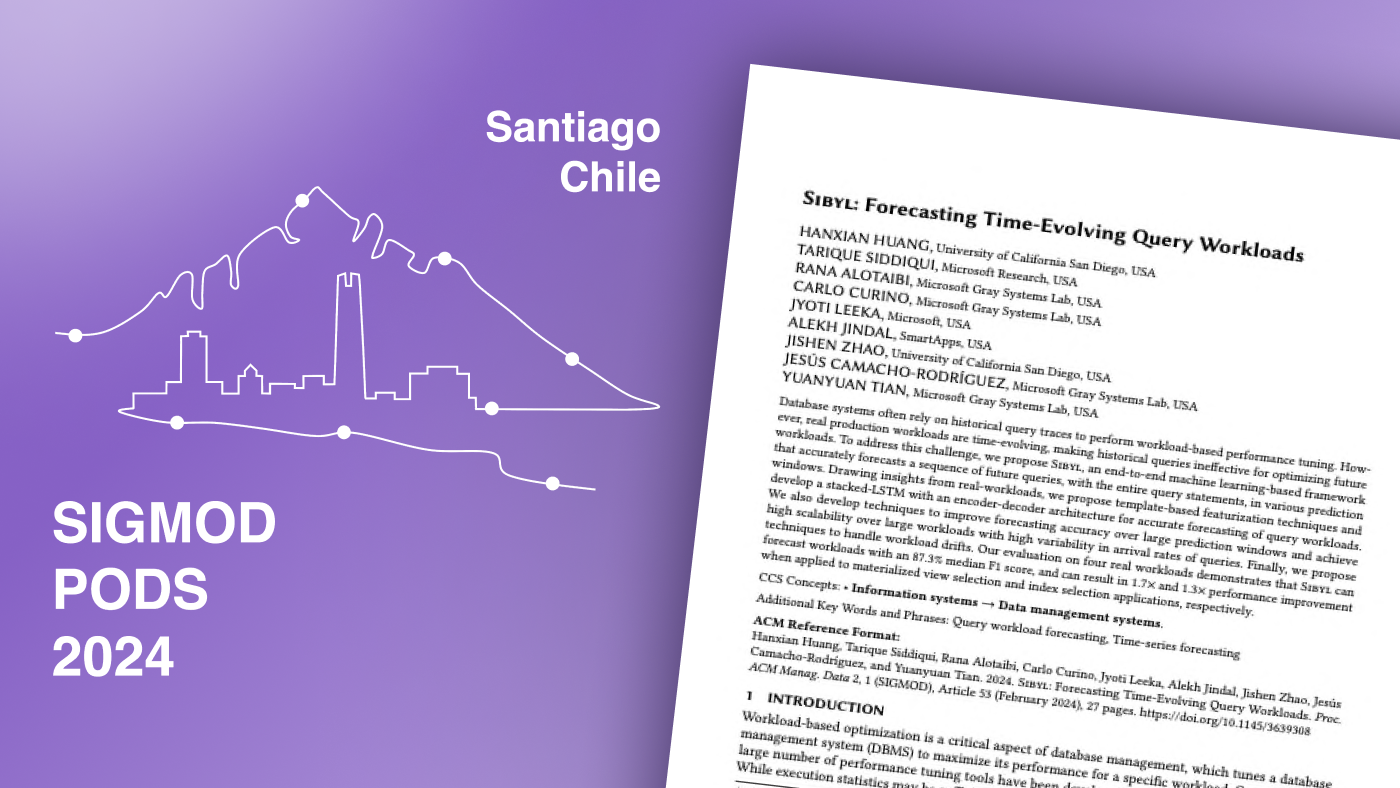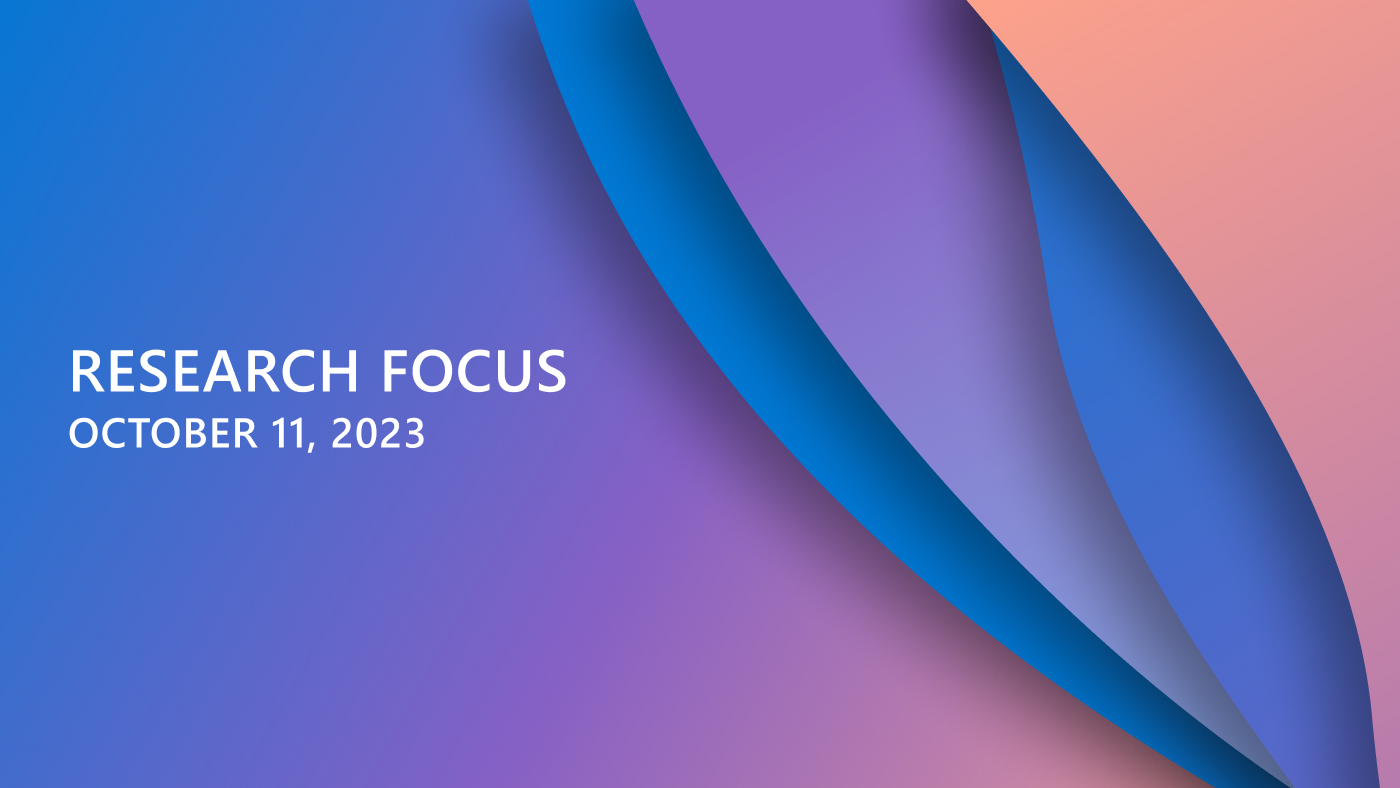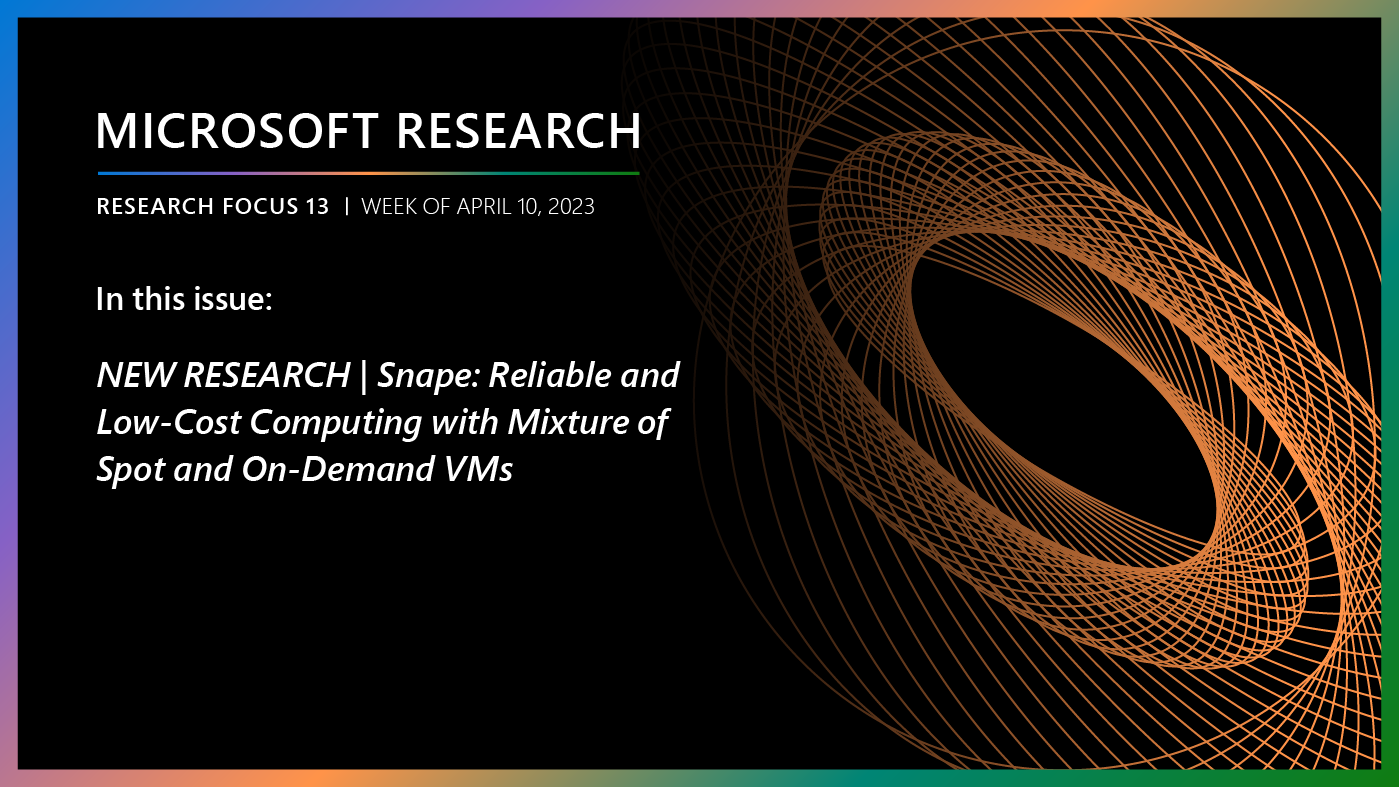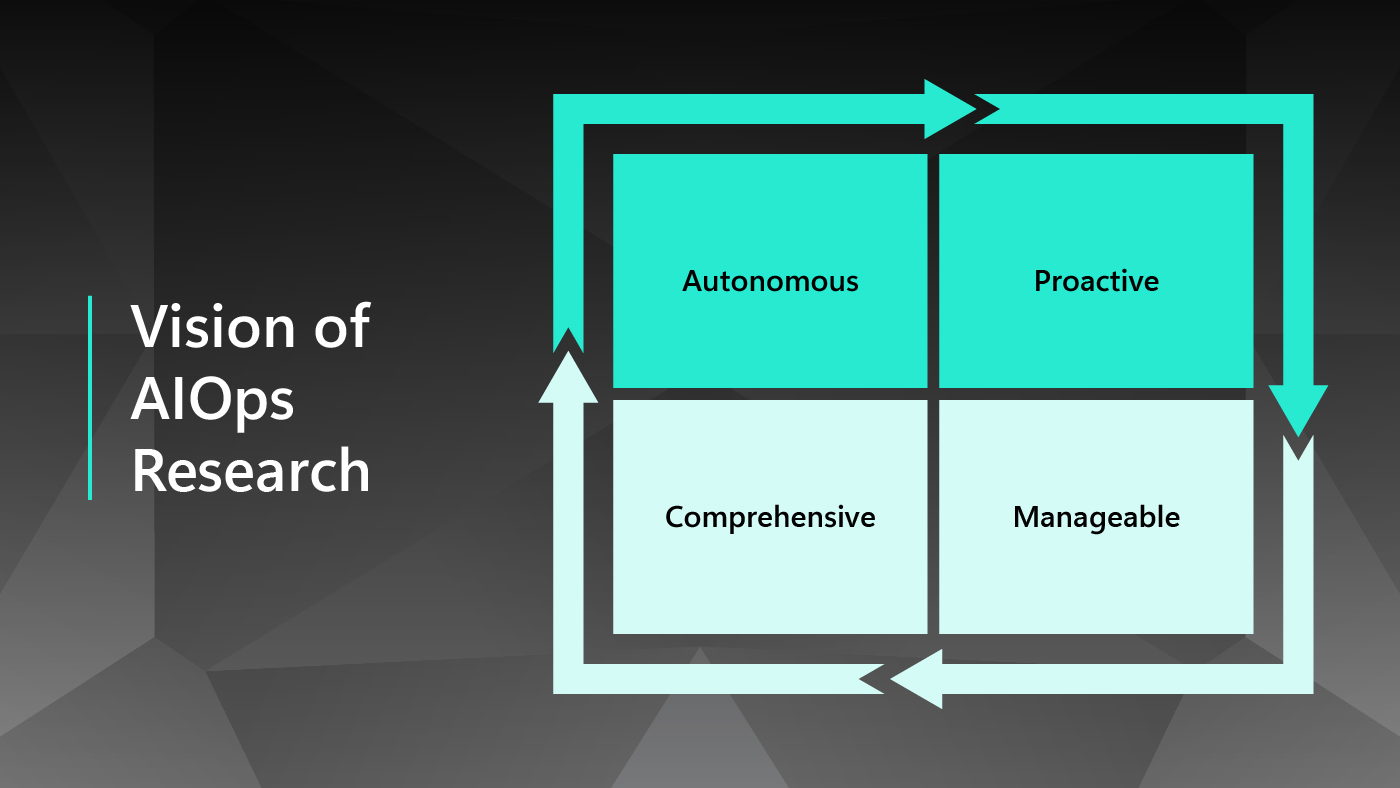More than half of the world’s population now lives in cities and suburbs, and as just about any of these billions of people can tell you, urban traffic can be a nightmare. Cars stack up bumper-to-bumper, clogging our highways, jangling our nerves, taxing our patience, polluting our air, and taking a toll on our productivity. In short, traffic jams impair on our emotional, physical, and economic well-being.

A study by the Brazilian National Association of Public Transport showed that the country’s traffic exacted an economic toll of about US$7.2 million in 1998. Unfortunately, it’s only getting worse; there are now about three times as many vehicles in Brazil, making traffic exponentially worse, according to Fernando de Oliveira Pessoa, a traffic expert in Belo Horizonte, Brazil’s sixth-largest city.
Spotlight: blog post
Microsoft Research has joined forces with the Federal University of Minas Gerais (opens in new tab), home to one of Brazil’s foremost computer science programs, to tackle the seemingly intractable problem of traffic jams. The immediate objective of this research is to predict traffic conditions over the next 15 minutes to an hour, so that drivers can be forewarned of likely traffic snarls.
The aptly named Traffic Prediction Project plans to combine all available traffic data—including both historic and current information gleaned from transportation departments, Bing traffic maps, road cameras and sensors, and the social networks of the drivers themselves—to create a solution that gets motorists from point A to point B with minimal stop-and-go. The use of historic data and information from social networks are both unique aspects of the project.
By using algorithms to process all these data, the project team intends to predict traffic jams accurately so that drivers can make smart, real-time choices, like taking an alternative route, using public transit, or maybe even just postponing a trip. The predictions should also be invaluable to traffic planners, especially when they are working to accommodate traffic from special events and when planning for future transportation needs.
Achieving reliable predictions will involve processing terabytes of data, which is why the researchers are using Microsoft Azure as the platform for the service. The exceptional scalability, immense storage capacity, and prodigious computational power of Microsoft Azure makes it the perfect resource for this data-intensive project. And because Microsoft Azure is cloud-based, running the Traffic Prediction service on Azure makes it accessible to all users, in real time, all of the time.
To date, the researchers have tested their prediction model in some of the world’s most traffic-challenged cities: New York, Los Angeles, London, and Chicago. The model achieved a prediction accuracy of 80 percent, and that was based on using only traffic-flow data. The researchers expect the accuracy to increase to 90 percent when traffic incidents and data from social networks are folded in.
So the next time your highway resembles a long, thin parking lot, you might calm yourself by contemplating how Microsoft Azure and the Traffic Prediction Project might help you avoid such tie-ups in the future.
—Juliana Salles, Senior Program Manager, Microsoft Research
Learn more





